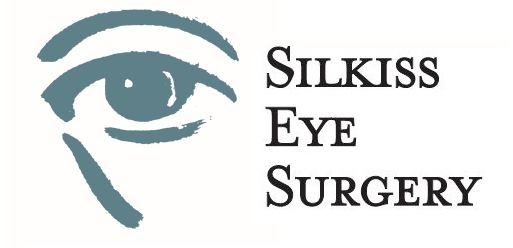COSMETIC SURGERY
Upper Eyelid Blepharoplasty
(Eyelid Lift)
Lower Eyelid Blepharoplasty
(Lower Eyelid Bags)
Asian Eyelid Surgery
(Double Eyelid)
NON-SURGICAL COSMETIC OPTIONS
RECONSTRUCTIVE SURGERY
Ptosis (Drooping Upper Eyelids)
Eyelid Malpositions
(Ectropion & Entropion)
Eyelid Skin Cancer
and Reconstruction
Chalazion, Stye, and Skin Tags
Tearing and Lacrimal System
(Tear Duct)
Thyroid Eye Disease
(Graves' Disease)
Prosthetic Eye &
Eye Socket Surgery
Congenital Ptosis and Pediatric Conditions
Facial Paralysis (Bell's Palsy)
Benign Essential Blepharospasm (Eyelid Spasms)
Trauma (Eyelid Lacerations &
Orbital Fractures)
BENIGN ESSENTIAL BLEPHAROSPASM (EYELID SPASM)
Benign essential blepharospasm is a rare condition that causes increased blinking, involuntary spasms of the muscles surrounding the eyes, and an intermittent inability to open the eyes. The condition usually starts with twitching and progresses to more severe spasms. We do not know what causes this condition. Patients with this condition may eventually be unable to read, drive, or perform normal daily activities because they cannot open their eyes sufficiently.
TREATMENT
The treatment of choice for benign essential blepharospasm is periodic injections of Botox. Botox is a powerful drug that blocks the connection between nerves and facial muscles. It is injected in strategic locations in the eyelids and forehead. Botox can significantly reduce or resolve spasms, but it works temporarily and must be repeated about every 3-4 months.
Some patients may not have an adequate response to Botox, or have a diminishing response over time. If this is the case, and the spasms continue to cause a significant disruption, then surgical myectomy may be an option. A surgical myectomy consists of surgically excising some or all of the orbicularis oculi muscle in the upper eyelids, the muscle that causes the eyelids to close. This procedure has been shown to significantly improve blepharospasms. The risks include incomplete eyelid closure, and postoperative bruising and swelling.
If there is any drooping of the upper eyelids or excess upper eyelid skin, ptosis repair or upper eyelid blepharoplasty may help improve visual disability. These procedures may also be performed along with a partial surgical myectomy.

